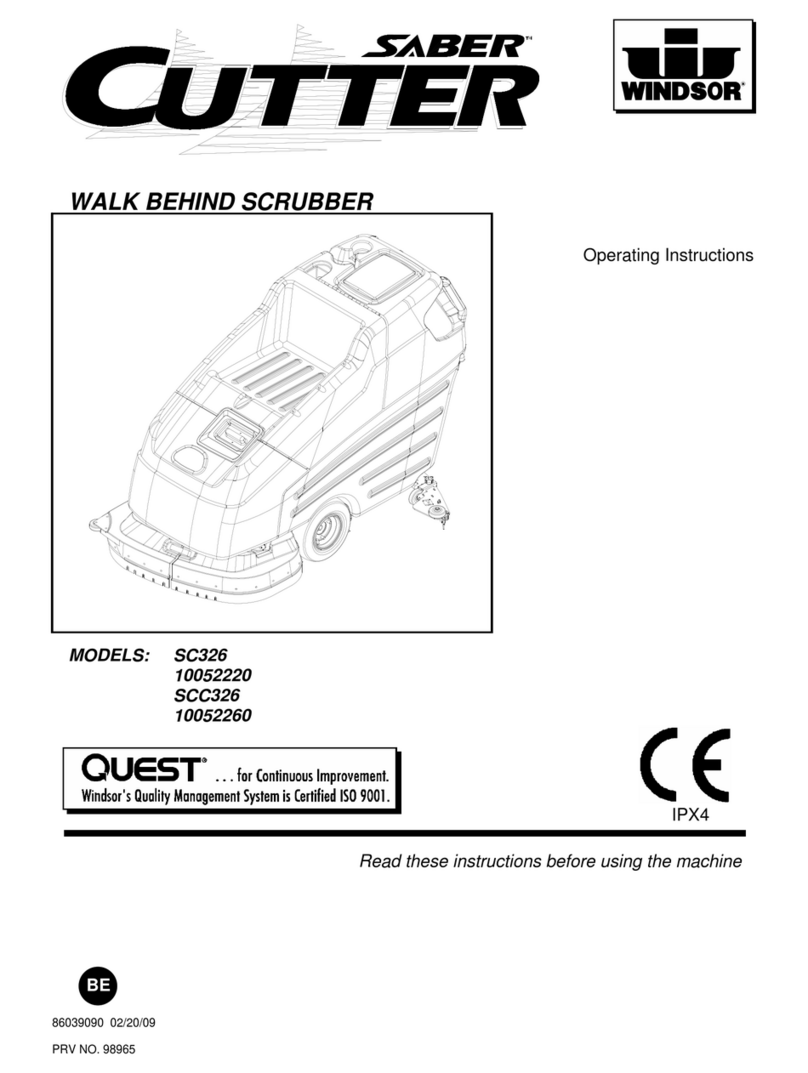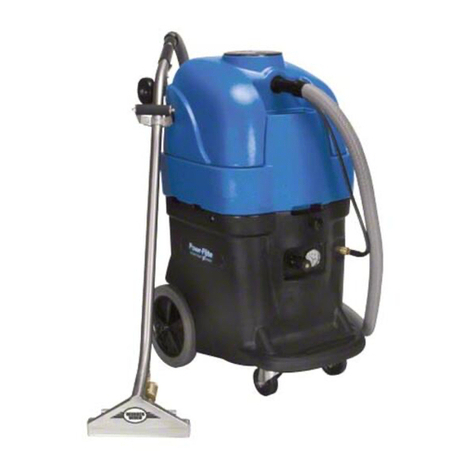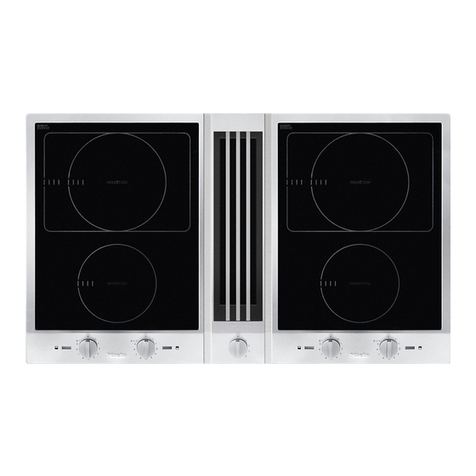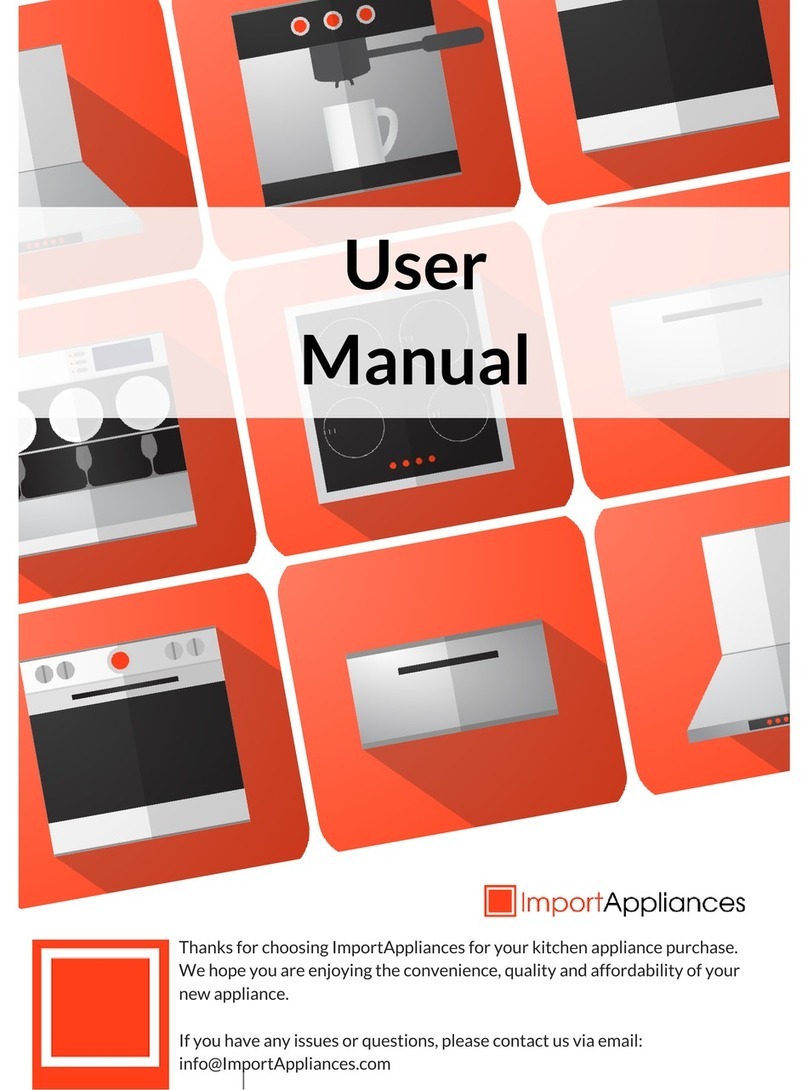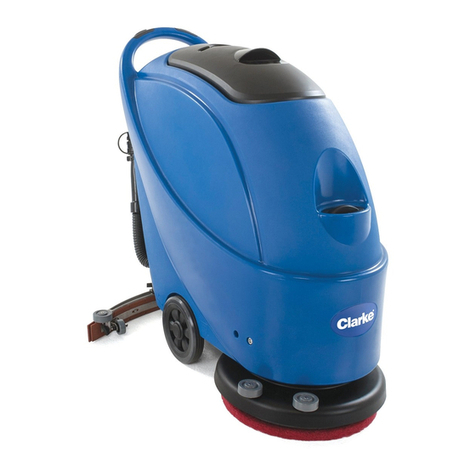
Contents
2
Caring for the environment .............................................................................. 3
Warning and Safety instructions...................................................................... 4
Modes of operation ........................................................................................... 13
Guide to the appliance...................................................................................... 14
Operation............................................................................................................ 16
Extending/retracting the deflector plate, switching the fan on/off ...................... 16
To select a power level ........................................................................................ 16
Selecting the run-on time.................................................................................... 17
Switching the hob lighting on/off ........................................................................ 17
Energy saving tips ............................................................................................. 18
Cleaning and care ............................................................................................. 19
Housing ............................................................................................................... 19
Important information for appliances with stainless steel surfaces ............... 19
Grease filters and panel for edge extraction ....................................................... 20
Charcoal filter ...................................................................................................... 22
Disposing of charcoal filters ........................................................................... 22
Installation.......................................................................................................... 23
Before installation................................................................................................ 23
Assembly parts.................................................................................................... 23
Appliance dimensions ......................................................................................... 24
Extraction mode .................................................................................................. 30
Recirculation mode ............................................................................................. 30
Connection for air extraction ........................................................................... 31
Electrical connection ........................................................................................ 32
After Sales / Warranty ....................................................................................... 33
Position of the data plate .................................................................................... 33
Technical data.................................................................................................... 34
